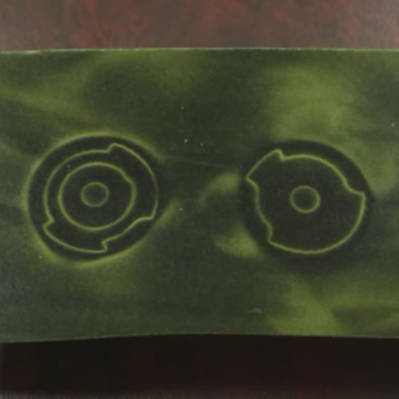The baseball home run distance challenge for crazy engineers is really heating up, with the two main (only?) competitors joining forces. [Shane] of [Stuff Made Here] and [Destin] of [Smarter Every Day] did a deep dive into [Shane]’s latest powder charged baseball bat, designed to hit a ball 600+ feet.
[Shane] built two new versions of his bat this time, using the lessons he learned from his previous V1 and V2 explosive bats. It still uses blank cartridges, but this time the max capacity was increased from three to four cartridges. For V3 a section of the bat was removed, and replaced with a four-bar linkage, which allowed the entire front of the bat to move. The linkage integrated a chamber for four blank cartridges that could be loaded almost like a double barrel shotgun and closed with a satisfying snap. Unfortunately the mass of the moving section was too much for the welds, and the entire front broke off on the first test, so the design was scrapped.
V4 returned to the piston concept of the initial version, except V4 contains two parallel pistons, in a metal bat, with a larger hitting surface. With two cartridges it worked well, but parts started breaking with three and four, and required multiple design updates to fix. [Destin] covered the physics of the project and took some really cool high speed video. He and [Jeremy Fielding] hold the current distance record of 617 ft with their crazy Mad Batter. Unfortunately on [Shane]’s final distance attempt the bat broke again, and the ball was lost in a field with tall grass beyond the 600-foot mark, so they could not confirm if the record was actually broken.
[Destin] and his team still remain the undisputed baseball velocity record holders, with their supersonic baseball canon. It sounds like there might be another collaboration between [Destin] and [Shane] in the future, and we’re definitely looking forward to the results of that crazy venture. Continue reading “Going For The Home Run Record With Explosive Help”




 So how the heck does it work? Well, your standard magnet has a north face on one side, and a south face on the other — creating a magnetic loop between the two. But what if you could put north and south on the same side of the magnet, and vary their position and size? It means you can control the magnetic field down to the magnetic pixel, or as Polymagnet calls them — a Maxel.
So how the heck does it work? Well, your standard magnet has a north face on one side, and a south face on the other — creating a magnetic loop between the two. But what if you could put north and south on the same side of the magnet, and vary their position and size? It means you can control the magnetic field down to the magnetic pixel, or as Polymagnet calls them — a Maxel.









